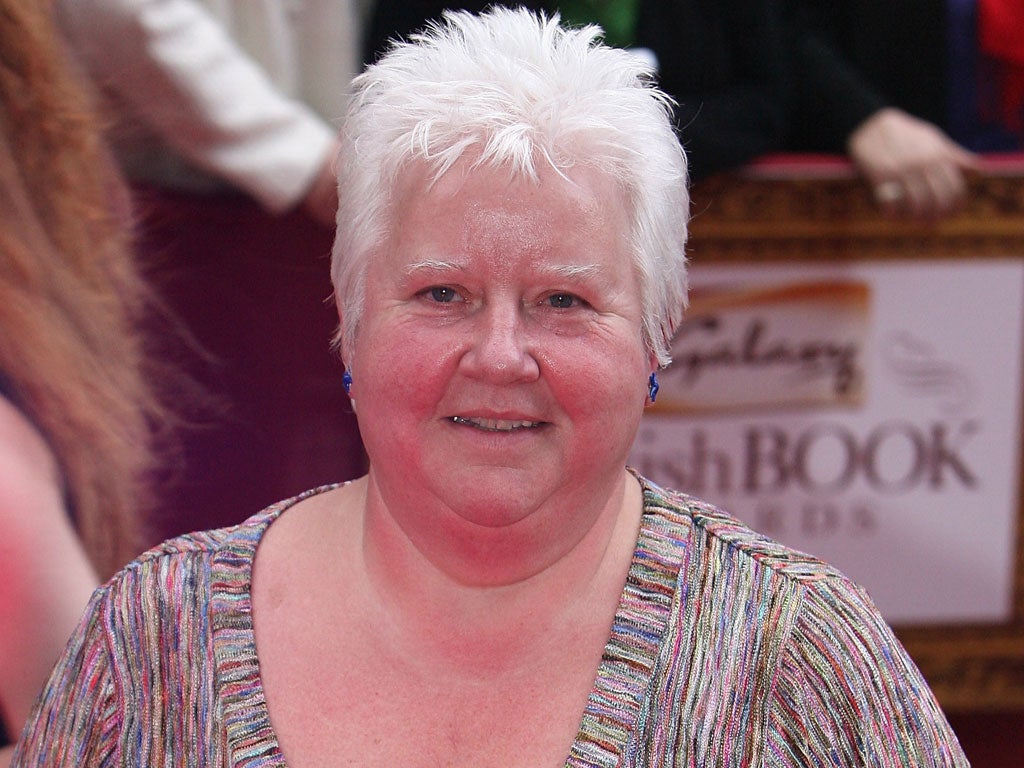Forensics: The Anatomy of Crime by Val McDermid; book review

Your support helps us to tell the story
From reproductive rights to climate change to Big Tech, The Independent is on the ground when the story is developing. Whether it's investigating the financials of Elon Musk's pro-Trump PAC or producing our latest documentary, 'The A Word', which shines a light on the American women fighting for reproductive rights, we know how important it is to parse out the facts from the messaging.
At such a critical moment in US history, we need reporters on the ground. Your donation allows us to keep sending journalists to speak to both sides of the story.
The Independent is trusted by Americans across the entire political spectrum. And unlike many other quality news outlets, we choose not to lock Americans out of our reporting and analysis with paywalls. We believe quality journalism should be available to everyone, paid for by those who can afford it.
Your support makes all the difference.One day, more than 750 years ago, the people of a small village in China discovered a member of their community had been repeatedly stabbed and left to die by the edge of a roadside. The murder was a mystery, but the local coroner was determined to try and solve the crime. The first task of the ‘detective’ was to isolate what kind of weapon had been used to kill the man and so he tested a series of different blades on the carcass of a cow and concluded that the victim had been murdered with a sickle. The coroner then had to unearth the motivation for the killing. He ruled out robbery - the man’s possessions had not been taken - but listened carefully to the rumours swirling around the village that the victim had been unable to pay a debt. The prime suspect was a moneylender, but this man denied having anything to do with the crime.
The coroner then asked each of the 70 men in the community to line up with their sickles. The blades were clean and free of blood, but instead of giving up the tenacious investigator decided to wait for a few minutes. A moment later a fly – and then another - landed on the sickle belonging to the moneylender. Although he had tried to wash away the blood the blade still carried traces of the smell of death and, when questioned, the guilty man confessed all. The case history is one of many featured in the pioneering book The Washing Away of Wrongs, published in 1247 by Song Ci, and experts believe it to be the first recorded example of forensic entomology in history.
Since then, the science of forensics has come a long way, as Val McDermid relates in this fascinating study. McDermid, best known for her gritty psychological thrillers, has interviewed a wide range (a morgue? a graveyard?) of forensic scientists and has revisited some of the most gruesome true life mysteries to piece together a gripping history of the anatomy of crime. Each of the chapters – which examine themes such as fire scene investigation, toxicology, fingerprinting, DNA and blood splatter and facial reconstruction - contains a wealth of surprising information. Who knew, for example, that the first autopsy was performed on Julius Caesar in 44BC? That maggots devour sixty per cent of a body in under a week? That a professor of forensics in America is developing a method to analyse the 400 or so different odours given off during decomposition so as to better estimate the time of death? And that the thigh muscle is the best place in the body to look for traces of poison?
It has to be said that those of a squeamish disposition would be best to give this book a miss as it is teeming with such dark details. ‘A corpse makes a good lunch,’ writes McDermid, before going on to examine the catalogue of creatures that are drawn towards dead human flesh - maggots, cheese flies, flesh flies, coffin flies, blow flies, beetles, moth larvae and mites. The presence and geography of such insects can be used by scientists to estimate the time of death.
‘The stories these scientists have to tell us about that often tortuous journey from crime scene to courtroom are among the most fascinating you will ever read,’ writes McDermid. ‘And a firm reminder that truth is stranger than fiction.’ Conversely, if McDermid is ever stuck for inspiration for her novels she could do worse than turn to her own book of the dead for inspiration.
Join our commenting forum
Join thought-provoking conversations, follow other Independent readers and see their replies
Comments